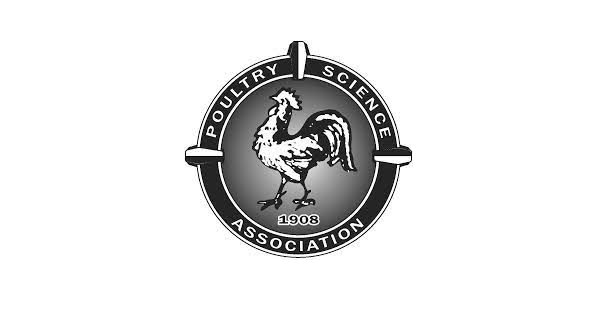In less than a month, importers of live poultry and birds from the United States will face new requirements. Because CFIA prohibits the movement of live birds and poultry, as well as hatching eggs, which originate from, or transit through, HPAI trade restriction zones, effective December 4, 2024, all shipments of live poultry and birds (including hatching eggs and pet birds) entering Canada must present a USDA-APHIS Accredited Veterinarian-issued highly pathogenic avian influenza (HPAI) control zone routing addendum.
As specified in the CFIA webpage on countries recognized as free of HPAI, CFIA prohibits the import of live animals, germplasm, hatching eggs, and unprocessed/raw animal products and animal by-products from susceptible species originating from countries and/or zones not recognized as free. Additionally, during an outbreak in countries and/or zones usually recognized as free of HPAI, the above imports are not permitted from the countries and/or zones not recognized as free; nor can any from other countries or zones travel through zones not recognized as free on their way to Canada.
Although the United States is listed as a country recognized by Canada as being free of HPAI, that recognition does not apply to the entire country. Rather, a restricted zone is a 10 km circular zone around an infected premises, with certain counties in California, Idaho, Oregon, Utah, and Washington currently (as of this writing) having counties with zones of restriction in place.
Thus, the addendum is required to demonstrate the route of travel to Canadian border/port officials whenever there are active control zones in the U.S. due to HPAI detections in the country, and must include:
A map of the intended route of transit.
Commodity being exported and certificate numbers associated with the shipment.
A statement attesting that the consignment has not traveled a route that transited any control zone for HPAI.
Signature of the accredited veterinarian and date of signature.
An example of the attestation is: [Commodity Type] covered by [certificate/number] will travel in a closed conveyance via the following route. To the best of my knowledge, this route does not transit any HPAI in poultry restriction areas.
It is also advised that importers work with exporters to plan transit routes in advance to avoid transit through restricted zones. On December 4, 2024, CFIA’s Automated Import Reference System (AIRS) will be updated with the new requirement.
With poultry from the U.S. accounting for 99% of all Canadian poultry imports in 2022, TAG’s cross-border expertise – with food safety and regulatory experts and resources in both Canada and the U.S. – can provide importers with a unique service to help ensure you meet, and exceed, requirements on both sides of the border.
Source: TAG – The Acheson Group

















